
Natalie Fox
- What is a circular economy?
- What’s up with the linear economy?
- Where did the Circular Economy originate?
- Why is shifting to a circular economy such a good idea?
- Successful examples of circular economies
- Circular economies on a Macro level
- Circular economies on a Micro level
- How to incorporate Circular Economy into everyday life?
A circular economy has risen to fame in recent years as a potential solution to issues surrounding climate change, waste, energy leakage and finance; yet what exactly is it?
What is a circular economy?
In order to decipher what a circular economy, let's look at its component parts: circular and economy.
- An economic system refers to the production, use and management of resources.
- Whilst a circle represents the flow of energy within that system; in this case a closed loop flow.
Therefore a circular economy is way to make sure no resources are wasted in the manufacturing, production and consumption process of goods. It’s a simple concept; where the waste parts get reabsorbed back into the system. In other words, it is regenerative, renewable and restorative.
It can be used on a large scale, for instance by International corporations or at the local level, in a local community - but more on that later. First, let's consider what a circular economy isn’t.
The West’s capitalist society has been supporting a linear economy ever since the industrial revolution. The “take-make-use-dispose” model used in manufacturing goods started in smaller, local economies but with globalisation we have reached a tipping point. To satisfy the global demand created by consumerism, we have ended up over-extracting resources, selling items we don’t need and turning natural habitats into landfills of waste, or worse, dumping our disused items in the ocean.
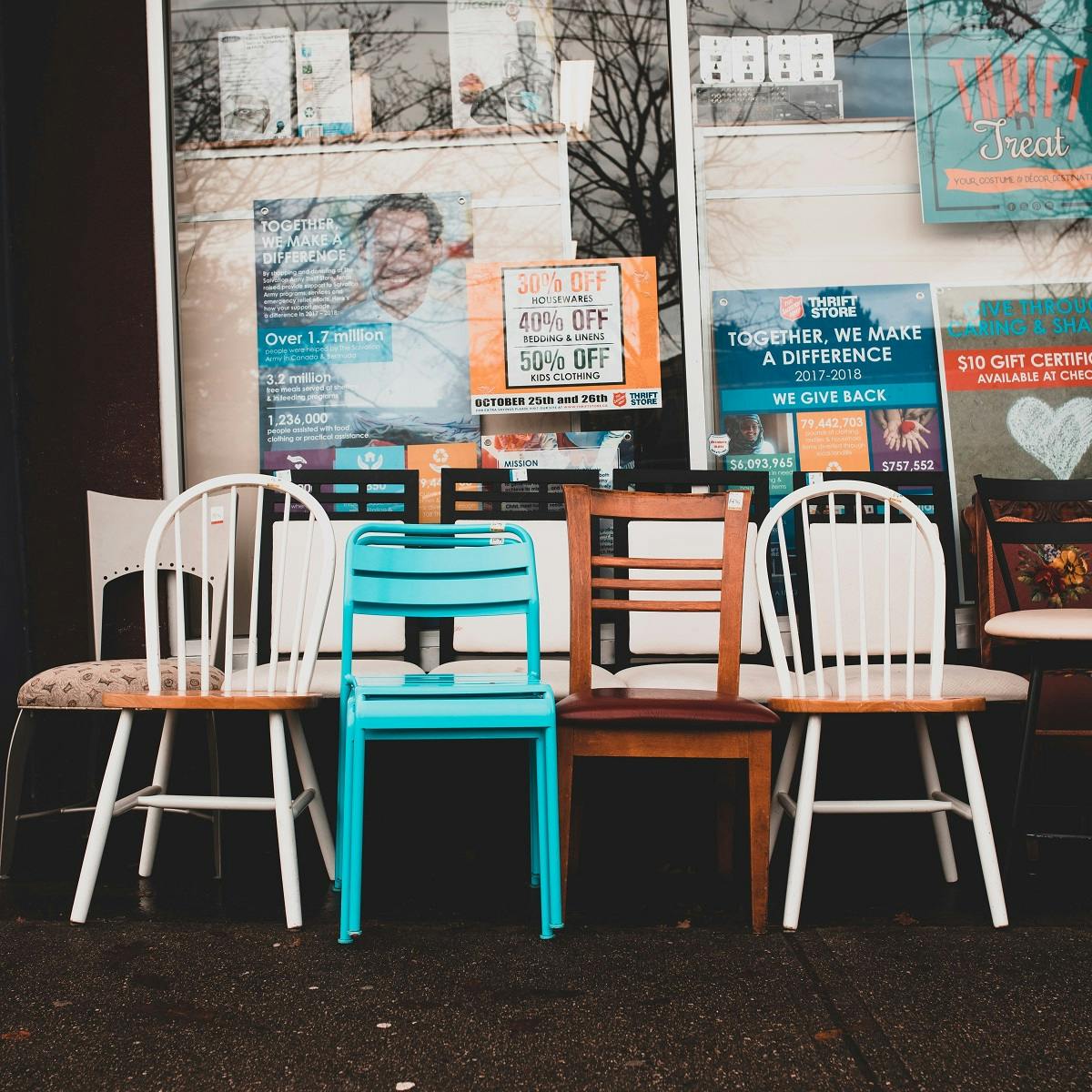
What’s up with the linear economy?
It’s just not sustainable. According to The World Economic Forum: "We exploit, create value, and then waste. Linear economic models do not work on a finite planet.” Within our consumer society, the cause and effect of “supply and demand” has driven what Walter Stahel calls “the 'bigger-better-faster-safer' syndrome or rather fashion/trends, emotion and progress.”
Yet it is not just unconscious consumers liable for these broken systems; manufacturers have been ignoring the entire “life cycle” of their products, claiming no responsibility with what happens once their customers are finished with them, they break or become obsolete. We continue to simply buy, then throw away. And we now know, that away, is never truly away.
Unfortunately, the linear economy has been the dominant economic system, so embedded in society, business, technology, culture and behaviour that changing to a “closed loop” will require some big shifts - not just in thinking and understanding; but making it a reality.
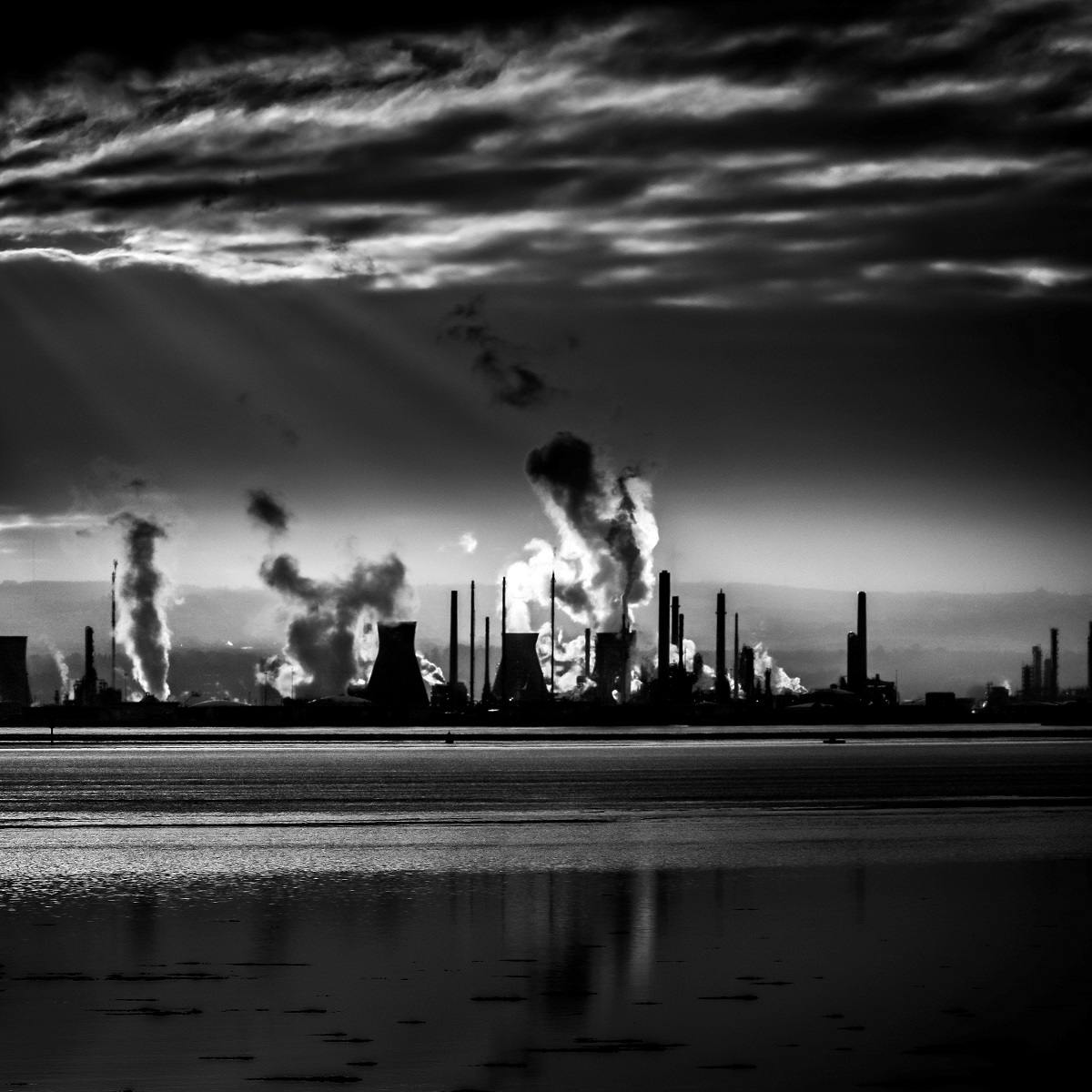
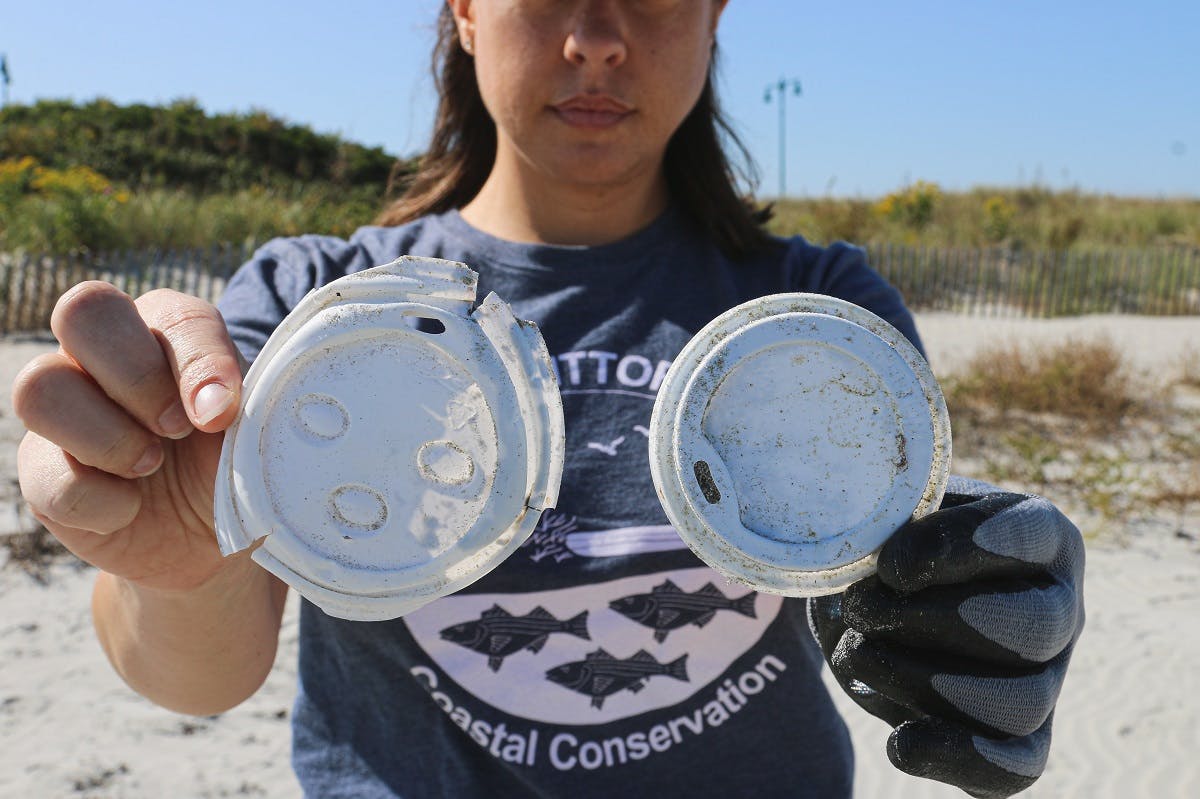
Where did the Circular Economy originate?
Dame Ellen MacArthur brought the concept to life after sailing solo around the world in 2005 and experiencing what it was like to live on a tiny floating planet, only able to rely on finite resources. Her TED talk articulates her realisation of how this correlates with our energy and materials problems back on land, with crystal clarity. Since then the Ellen MacArthur Foundation has been “developing and promoting the idea of a circular economy, working with and inspiring business, academia, policymakers, and institutions to mobilise systems solutions at scale, globally.”
This diagram best shows how a circular economy works; demonstrating the three principles:
- Design out waste and pollution
- Keep products and materials in use
- Regenerate natural systems
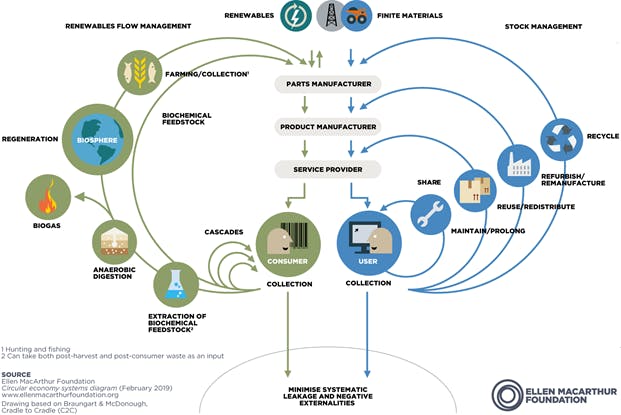

Take action now
Do you want to have a direct impact on climate change? Sir David Attenborough said the best thing we can do is to rewild the planet. So we run reforestation and rewilding programs across the globe to restore wild ecosystems and capture carbon.
Get involvedWhy is shifting to a circular economy such a good idea?
The media is constantly telling us we need new products to look, feel and perform better, but this just marketing. From a social perspective, a regenerative approach can help remedy and heal the emotional vulnerability that is targeted by consumer advertising. A circular economy encourages simple values such as having enough, repairing, sharing and cherishing our belongings; which can bring about change in how we see ourselves, others and the world, for the better.
Of course, there are economic benefits to shifting to a circular economy as valuing and using products again will save money. The World Economy Forum states “the elimination of waste and the continual safe use of natural resources, offers an alternative that can yield up to $4.5 trillion in economic benefits to 2030.” This includes boosting economic growth (an additional 0.5% of gross domestic product) and creating jobs (700,000 jobs in the EU alone by 2030) according the European Commission.
Most of all, the environmental benefits of a circular economy are key to us living sustainably on Planet Earth. In 2019, over 92 billion tonnes of materials were extracted and processed in the manufacturing industry, contributing to about half of global CO2 emissions. The Ellen MacArthur Foundation’s “Completing the Picture” report in 2019 explains how the circular economy can reduce global CO2 emissions from cement, steel, plastic and aluminium by 40% in 2050, thereby achieving almost half of the zero emissions target.
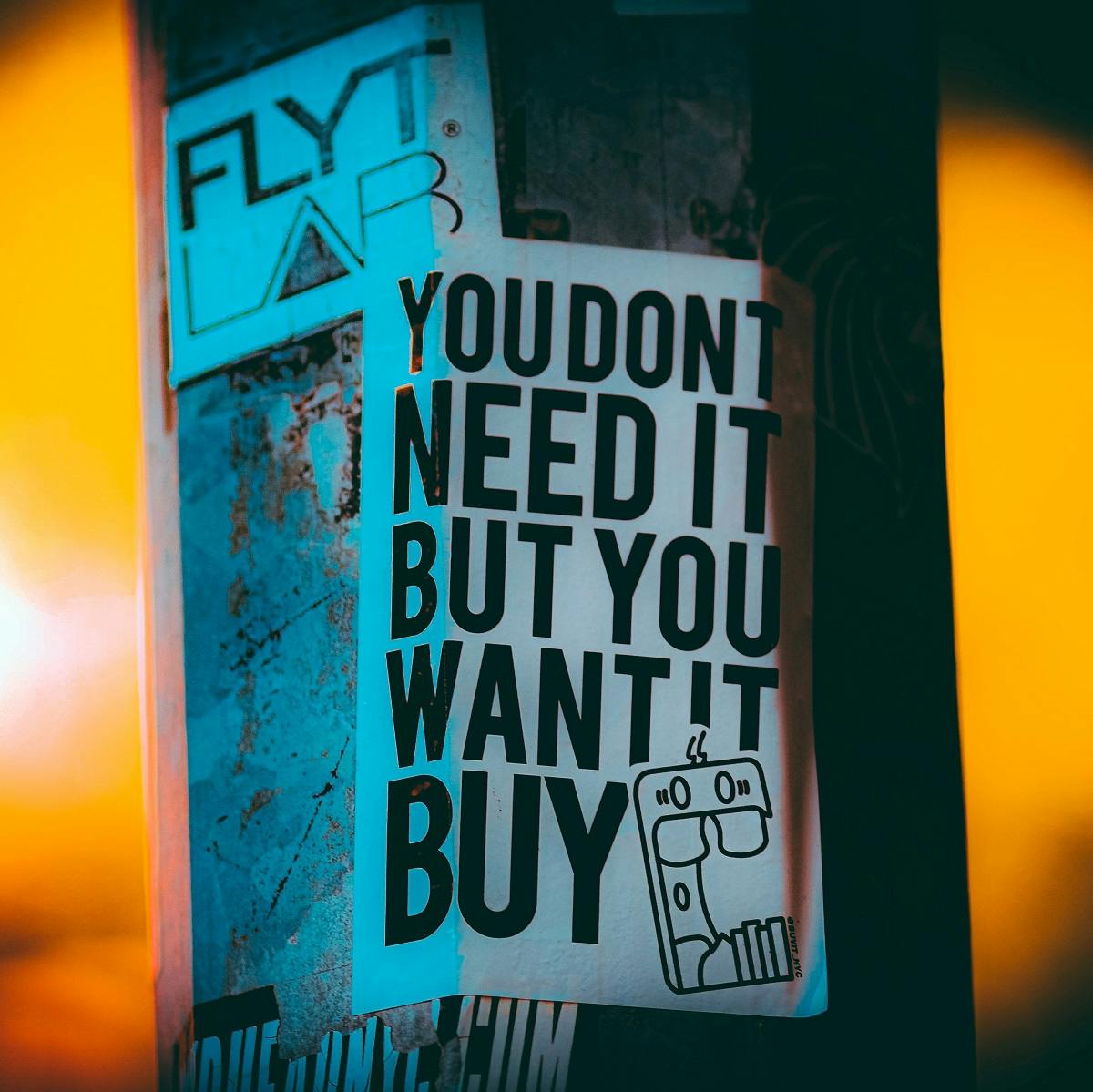
Successful examples of circular economies
Scientific literature shows the circular economy model is very site specific, and therefore, needs to be modified depending on the situation. It can be used on an international level but also small scale - on a community or even individual level.
One size doesn’t necessarily fit all, but the principles do:
- Design out waste and pollution
- Keep products and materials in use
- Regenerate natural system
How to incorporate these principles into everyday life, is something that governments, companies and families are starting to think about and also implement.
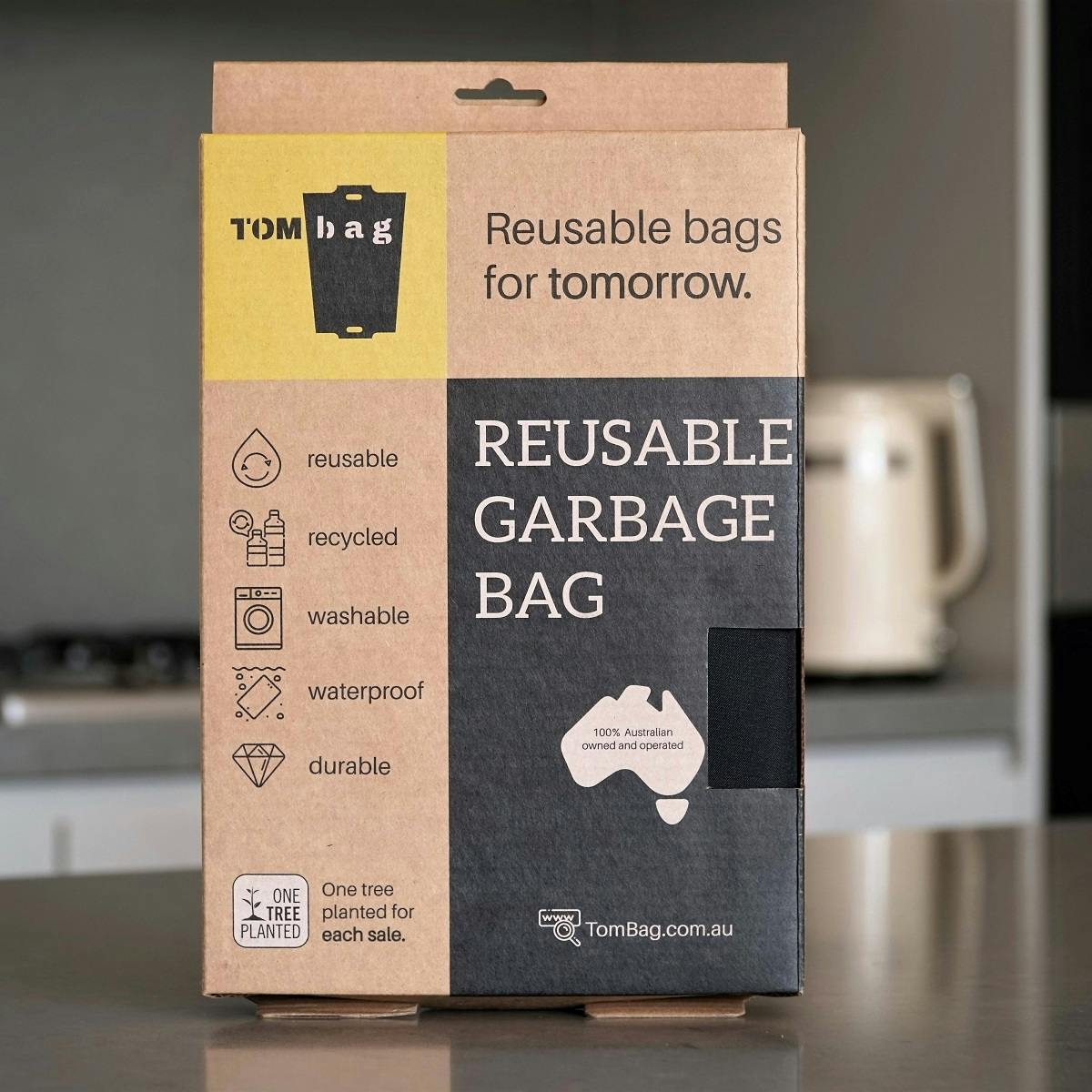
Circular economies on a Macro level
The United Nations have integrated circularity systems into the Sustainable Development Goals through SDG12: responsible production and consumption. They say that “Changing the way we produce and consume goods and resources includes efficient management of our shared natural resources.” They are encouraging industries, businesses and consumers to recycle and reduce waste; dispose of toxic waste and pollutants responsibly as well as supporting developing countries to move towards more sustainable patterns of consumption by 2030.
European Countries
The Circular Economy shows up in The European Commission’s new Action Plan - one of the main blocks of the European Green Deal, Europe’s new agenda for sustainable growth. The new Action Plan announces initiatives along the entire life cycle of products, targeting for example their design, promoting circular economy processes, fostering sustainable consumption, and aiming to ensure that the resources used are kept in the EU economy for as long as possible.
Politco’s circular economy index helps to calculate European countries' ranking based on waste, recycling, reuse and investment circular economy. In general, countries with the highest scores — Germany, the U.K. and France — have robust recycling systems and high levels of innovation in circular economy sectors. Although the Netherlands, Denmark and Sweden rank fairly well in innovation and recycling, their scores are dragged down by high levels of waste and food waste.

Circular economies on a Micro level
Permaculture is a great example of designing circular systems into every aspect of our personal life; from food, to energy, to waste. The 12 principles help to frame sustainable solutions; which encourage functioning in harmony with living systems and building resilience through connection to nature. There are online courses on permaculture design available through the Permaculture Association.
If we design out unnecessary newness and design in cradle to cradle thinking, we can reduce unnecessary waste. Looking at the whole lifestyle of products is essential. Real life marketplaces (and online ones like ebay) can help share resources within communities. Mum’s wishing to raising an eco baby can hand down baby clothes and toys to save money, waste and stress whilst fostering relationships, trust and support within local communities.
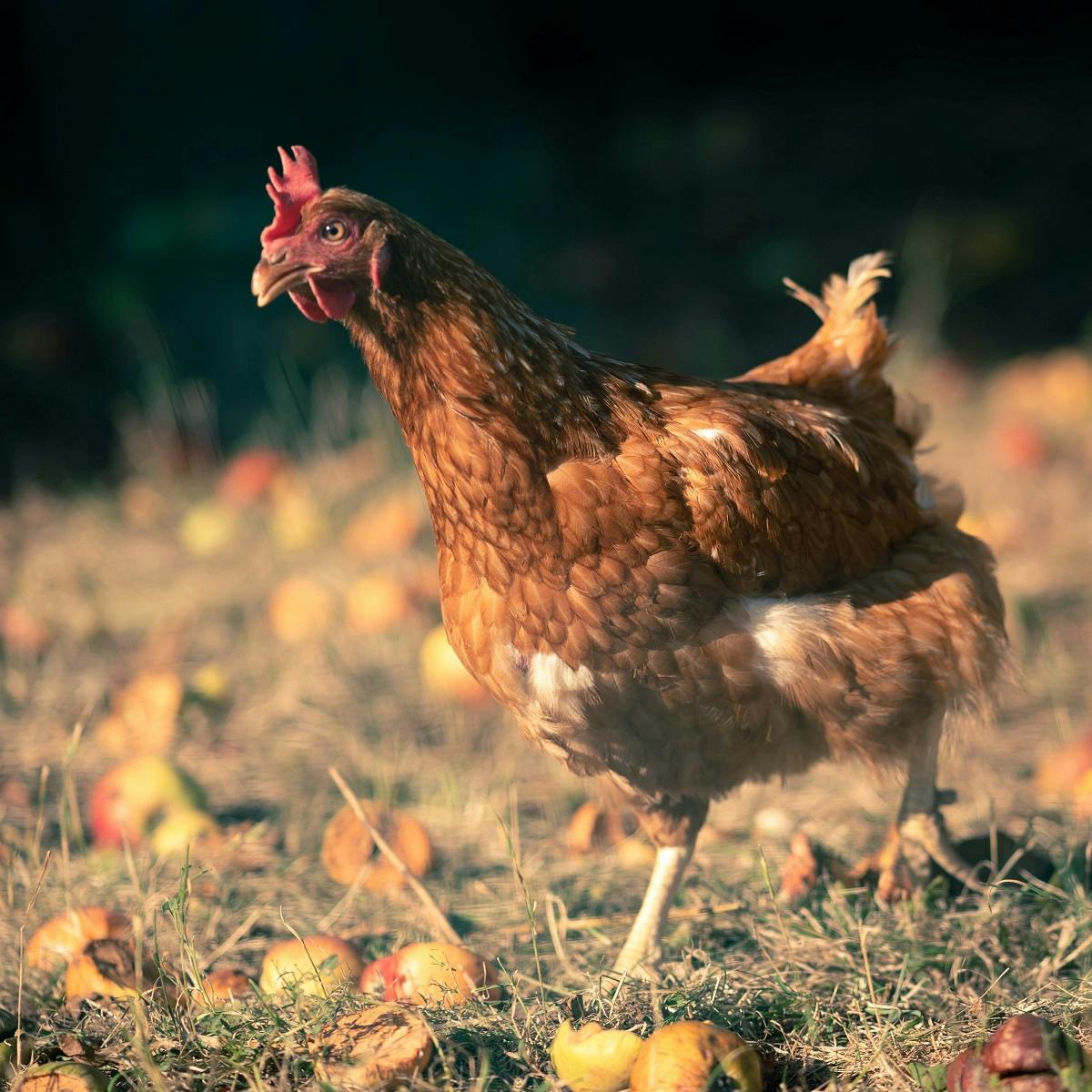
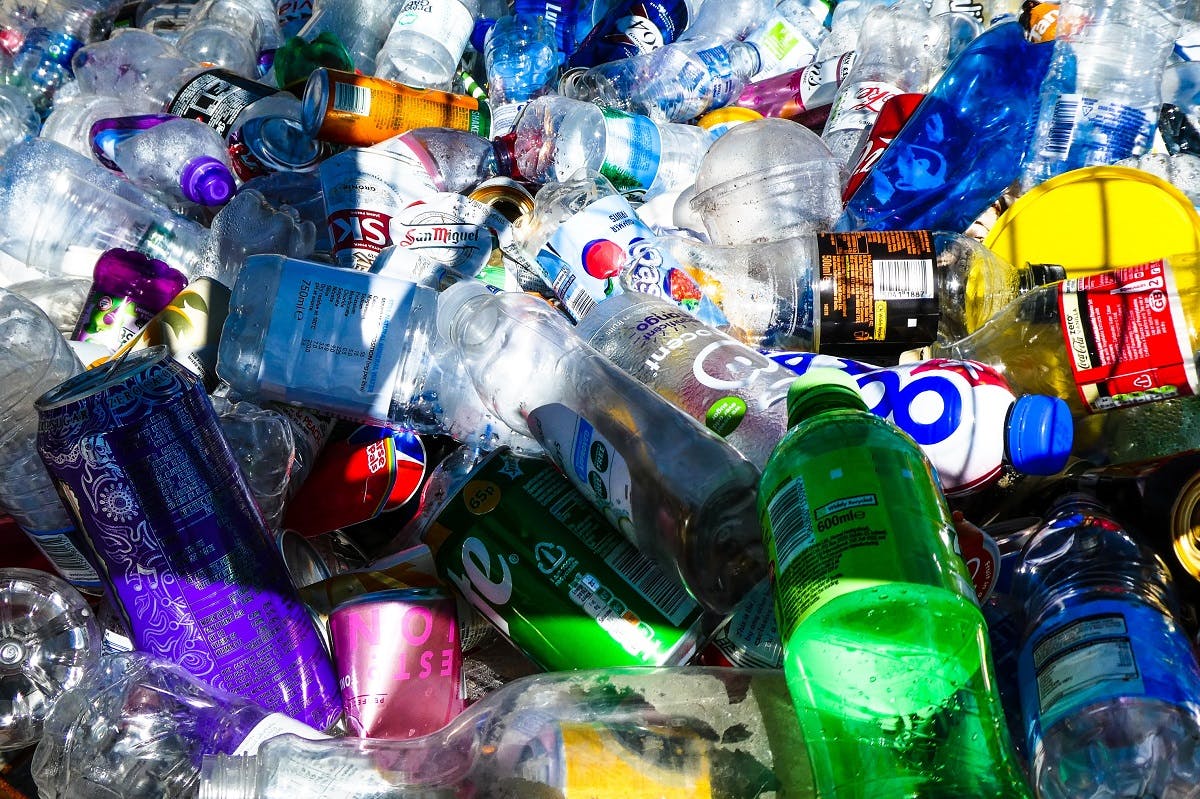
How to incorporate Circular Economy into everyday life?
Learn about it
Transitions take time, especially if we have been programmed to live a certain way for so long. The first step is to learn more, and then keep learning!
The Circular Economy and Sustainability Strategies Programme at Cambridge Judge Business School Executive Education is designed to help understand the growing business case for sustainable solutions and learn how to manage and lead a sustainable business by incorporating circular economy principles into growth strategies.
Ed Ex’s “Circular economy Introduction” course has been co-created by TU Delft, the Ellen MacArthur Foundation and the Leiden-Delft-Erasmus Centre for Sustainability. This online course teaches how to contribute to a sustainable economic system by implementing novel business and design approaches.
The Ellen MacArthur website also has a wealth of free, online learning resources, designed to suit learners at every stage.
For some digestible ideas on circular economy, innovation check out the TED talk playlist “Reduce, Reuse, Recycle”
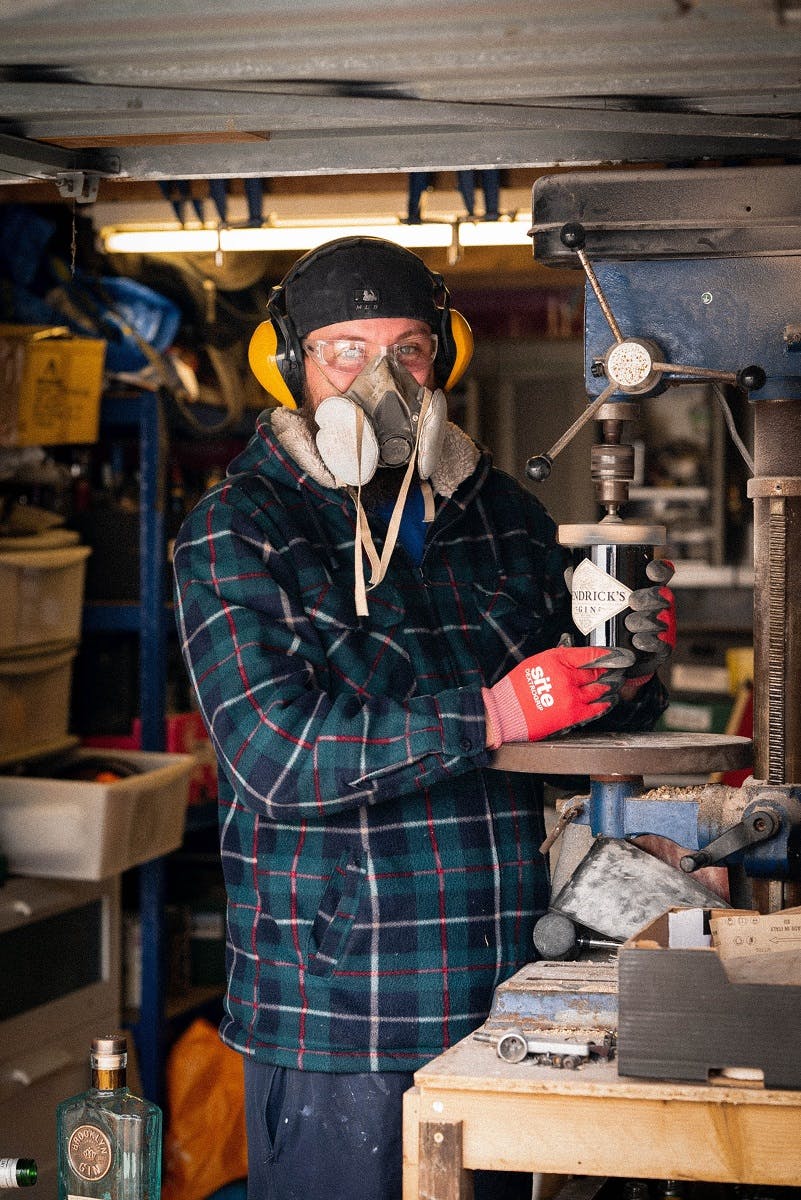
Changing behaviour patterns from linear to circular
Strengthening pro environmental attitudes and awareness of the public was named as key to boost Circular Economy engagement by The European Commission’s Behavioural Study. Also recommended: for companies to create financial incentives for reparability and durability. One company leading the way in this respect is Patagonia. Their Worn Wear campaign offers free repairs (not just of Patagonia clothing) and now allows customers to trade in their old gear in exchange for clothing credit for new.
Where to start?
Brainstorm your circular economy ideas using a concept sheet by The Circular Design Guide. They say: “Creativity has never been more important. Design thinking underpins this guide and allows exploration of new ways to create sustainable, resilient, long-lasting value in the circular economy. It’s the perfect time to start designing in circularity to all aspect of life.
Let us know how you get on in the comments!

To solve the greatest threat humanity has faced requires that our species look deeply and critically at the ways we do, well... everything. The good news is that the solutions already exist. Designing a circular economic model provides win-win benefits that help shift the way humanity does business towards a better, regenerative future.
Chad Frischmann, Vice President and Research Director, Project Drawdown
Sources & further reading

- “Urban Sustainability in Theory and Practice: Circles of Sustainability” - James, Paul; with Magee, Liam; Scerri, Andy; Steger, Manfred B. 2015.
- “Technological elements of circular economy and the principles of 6R-based closed-loop material flow in sustainable manufacturing” - Jawahir, I.S. and Bradley, R., 2016.
 Learn more about Circular Economies
Learn more about Circular Economies